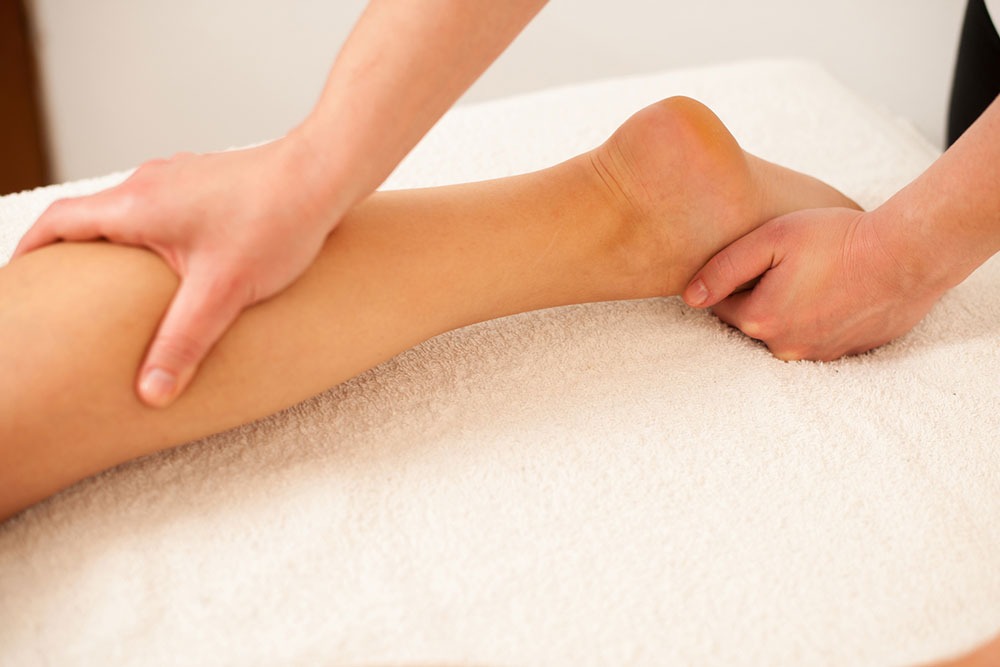
Causes and symptoms of deep vein thrombosis
Deep vein thrombosis (DVT) is a complication that occurs when a thrombus (a blood clot) forms in the deep veins of a human body. It can occur in one or more veins and usually manifests in the legs. It can lead to severe pain in legs or swelling, however, it can also occur without showing any symptoms. In many cases, it has been observed that deep vein thrombosis occurs due to certain medical conditions, which affect the way a person’s blood clots. It has also been observed in people who do not move for long periods of time, such as when a person is confined to a bed due to an accident or a complex surgery.
Deep vein thrombosis is a complex condition that needs to be taken seriously, as the clot can easily break loose in veins and travel through the bloodstream to get lodged in lungs or other vital organs of the body, resulting in pulmonary embolism (blocking of blood flow).
Symptoms of DVT
The various signs and symptoms of deep vein thrombosis are:
- Persistent swelling in the affected leg. Sometimes, the swelling can be in both the legs.
- Pain in legs can also be experienced. It is usually observed that the pain originates from the calf region and can feel like soreness or cramping.
- Discoloration/redness of the skin in the affected leg may be observed too.
- A warm feeling in the affected leg.
- Many times, DVT does not show any noticeable symptoms.
Causes
There are a lot of factors that can lead to DVT, especially those factors that prevent the blood from circulating easily or clotting normally. DVT mostly occurs due to an injury sustained by a vein due to certain medications, surgery or restricted/limited movements.
The various risk factors that can lead to deep vein thrombosis include:
Genetic factors: There are some people who can inherit a blood-clotting disorder that makes their blood clot pretty easily. Now this condition along with other risk factors can cause DVT. However, one thing to note is that this condition alone does not cause DVT.
Prolonged bed rest: People who suffer from paralysis or have extended hospital stays have an increased risk of getting deep vein thrombosis. This is mainly due to the fact that when the legs do not move for a long period of time, the calf muscles do not contract to help blood circulate.
Injuries: Many people can get deep vein thrombosis from various kinds of injuries sustained on legs.
Pregnancy: Due to pregnancy, the pressure increases in various parts of the body such as the legs and pelvis. This can lead to DVT in conjunction with other risk factors.
Hormone replacement therapy: Birth control pills (oral contraceptives) can cause DVT because they might increase the production of hormones which help the blood clot easily.
Being obese or overweight: Obese or overweight people exert more pressure on the veins of their legs and pelvis and are at a higher risk of DVT.
Smoking: Since smoking affects blood circulation and clotting, it can increase the risk of DVT.
Other factors that can lead to DVT include cancer, heart failure, inflammatory bowel disease, family history of the illness, age etc. So, it is important to watch out for any symptom and get diagnosed at the earliest, so that the treatment can be effective.


